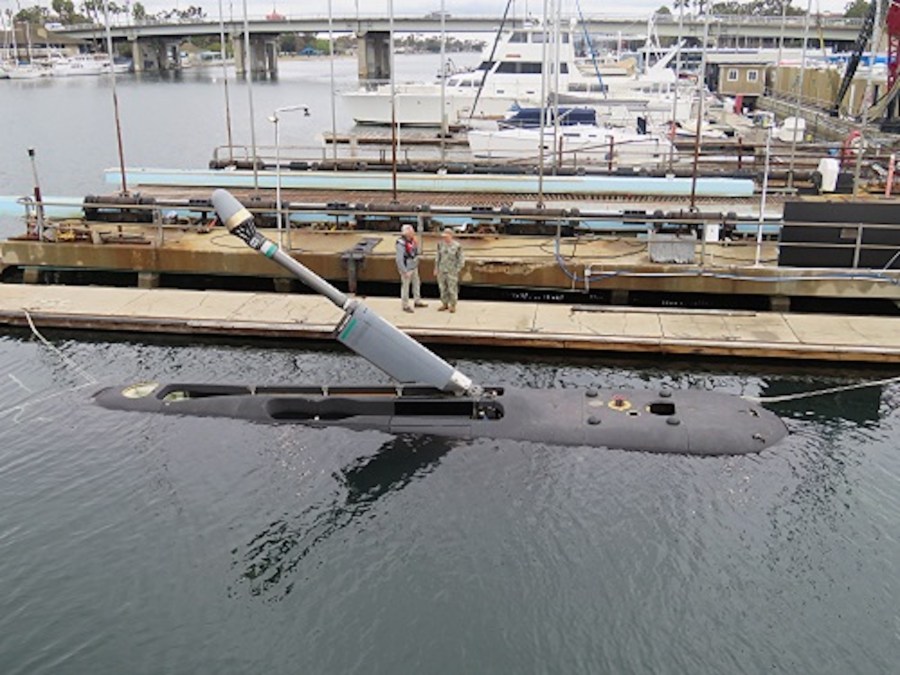DAVID P GOLDMAN

And the word of the Lord came unto me the second time, saying, What seest thou? And I said, I see a seething pot; and the face thereof is toward the north.
Then the Lord said unto me, Out of the north an evil shall break forth upon all the inhabitants of the land. – Jeremiah 1:13-14
Strictly speaking, Israel’s Gaza war is not a tragedy, but rather a hideous accident. Many wars wait for years to happen until they can’t be stopped. Those are the tragedies.
This one never should have happened. Israeli intelligence had the plans for the October 7 Hamas attack a year in advance, as well as urgent warnings from lower-echelon officers just before the event. But the top military and political leadership brushed them off.
This fits a venerable pattern. Stalin had the plans for Operation Barbarossa from his spy Victor Sorge; US Naval Intelligence had warnings about the attack on Pearl Harbor; and the FBI had the jigsaw puzzle pieces of 9/11, but failed to fit them together.
Intelligence services are not rewarded for timely warnings, but for serving their masters’ political agendas, and Israel’s fabled spies turned out to be no different than their counterparts in other countries. Believing that US$40 million a month in subsidies from Qatar and other economic concessions would keep Hamas quiet, the Israeli government refused to consider anything else.
There simply is no contest between 300,000 regular troops from the Israel Defense Forces and 30,000 to 40,000 lightly armed Hamas irregulars, any more than there was a contest between ISIS and the American army and its proxies. Whether Hamas is entirely or largely extirpated from Gaza depends on the extent to which Israel can resist American pressure to vitiate its operations.



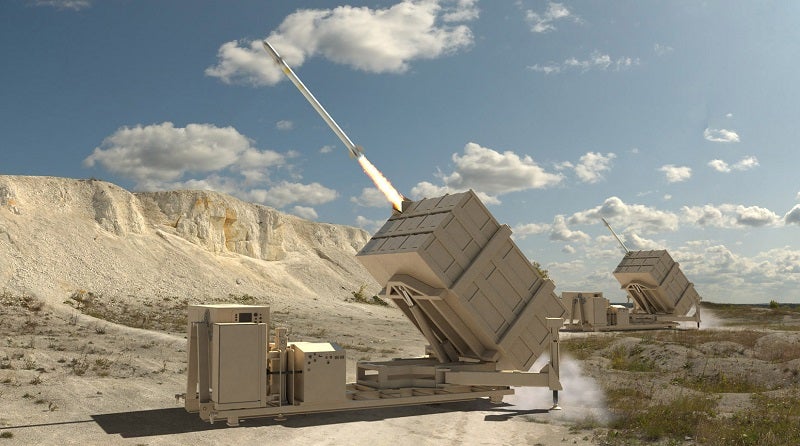
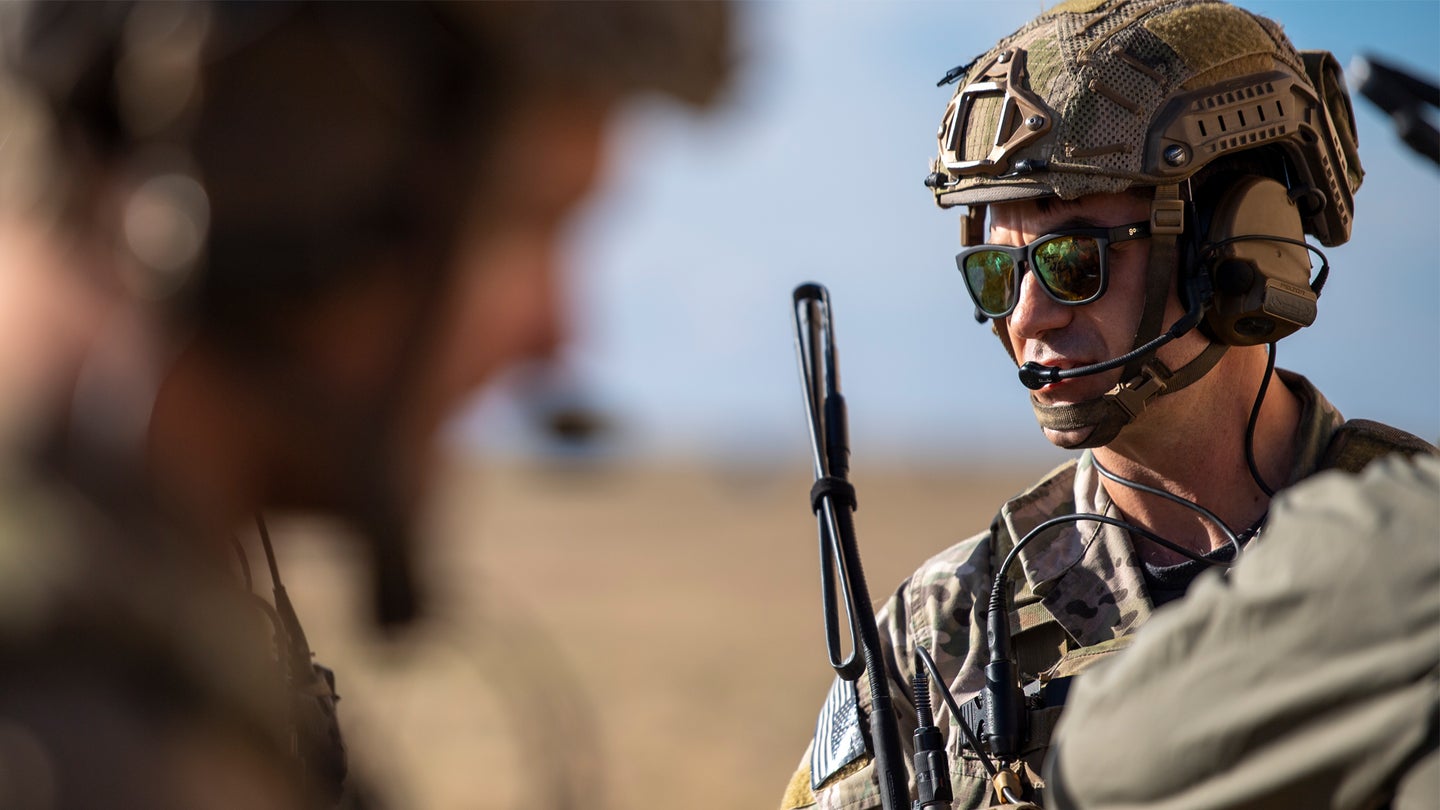
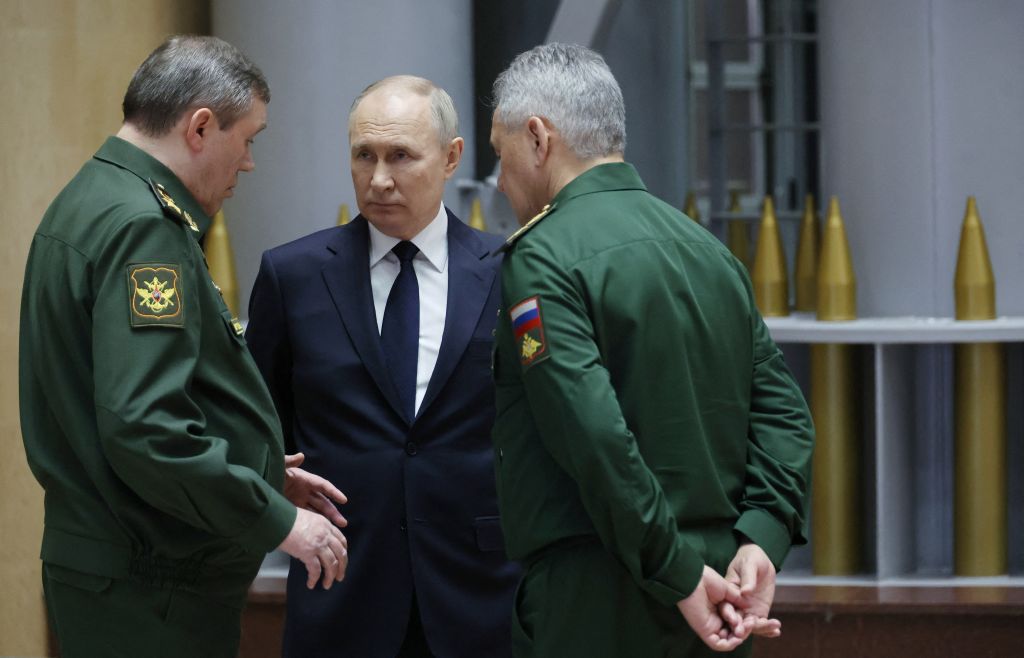


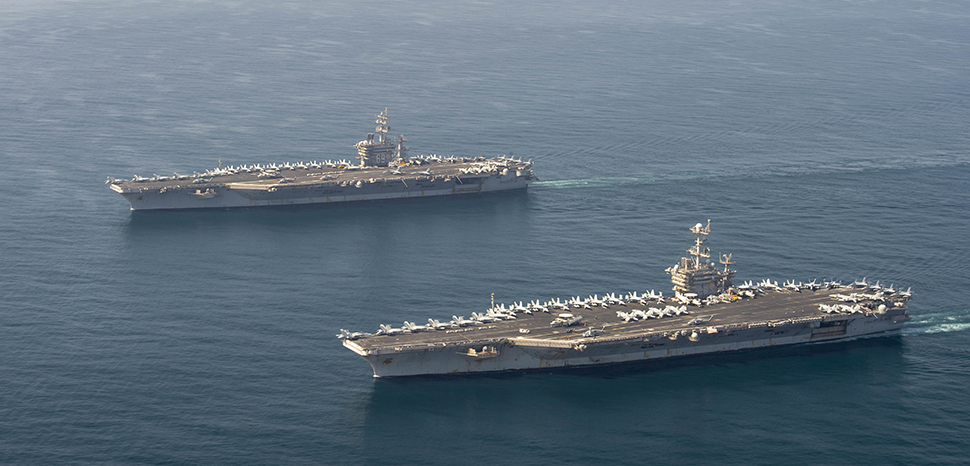

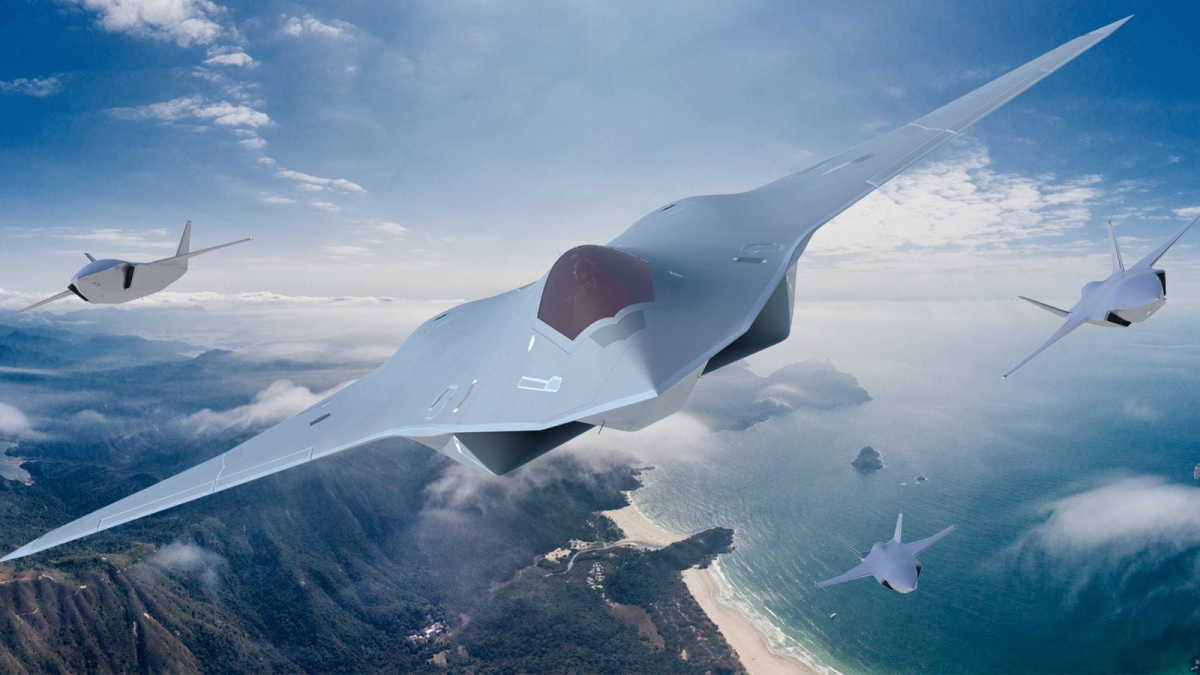
:quality(70)/cloudfront-us-east-1.images.arcpublishing.com/archetype/OMOJGCIOKNAWXADK75XWX6JDCU.JPG)
:quality(70)/cloudfront-us-east-1.images.arcpublishing.com/archetype/KKIPDKOMI5EKLAE22NJVCDUG6A.jpg)
